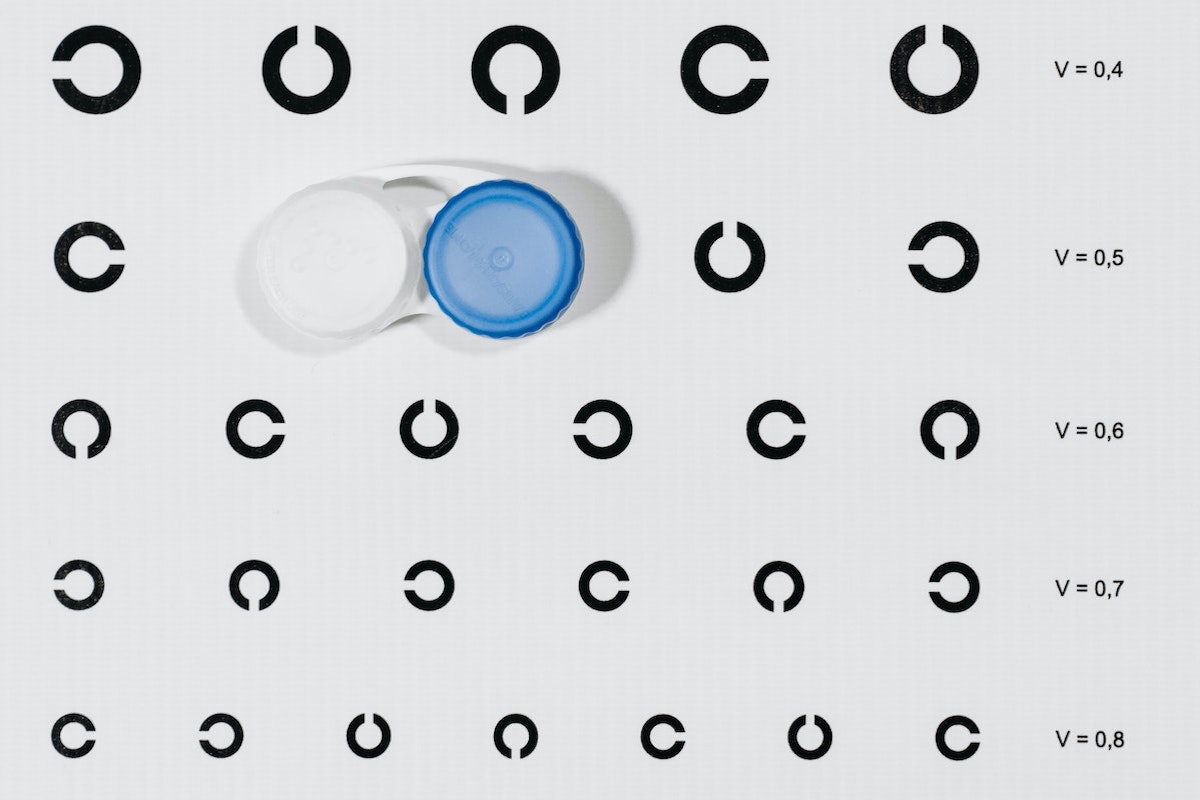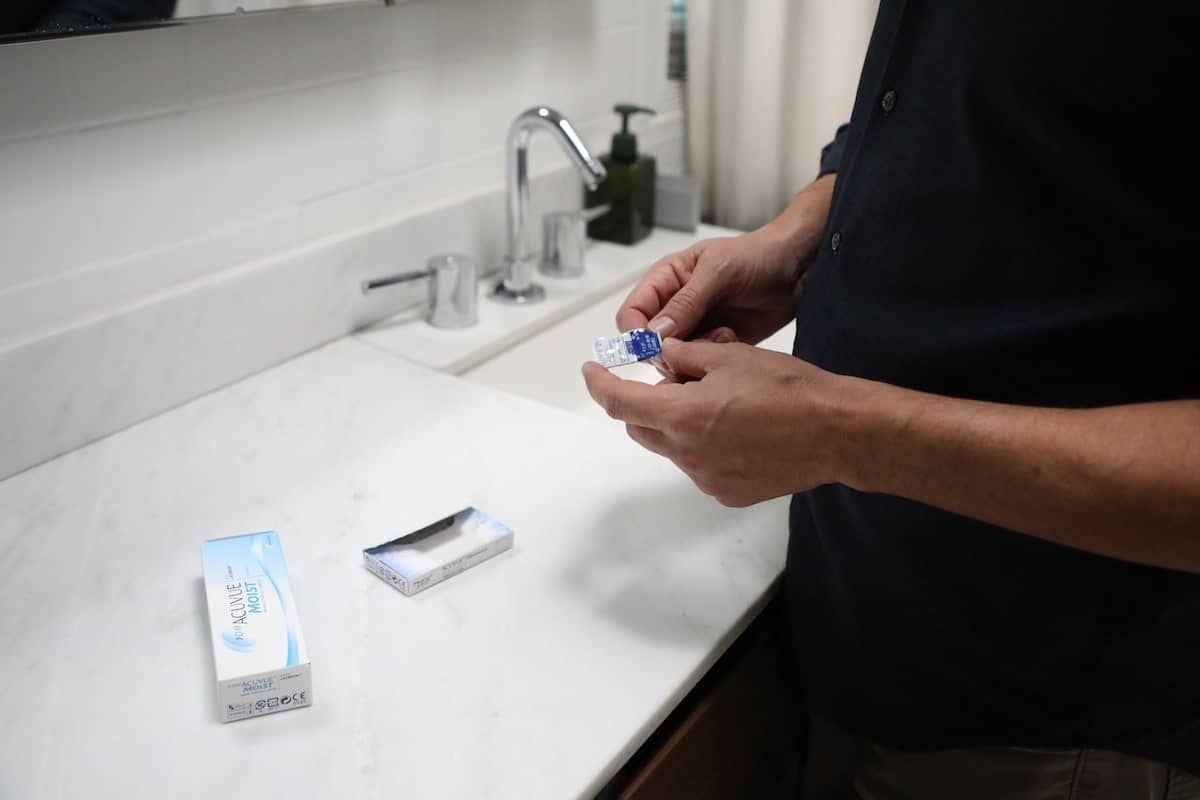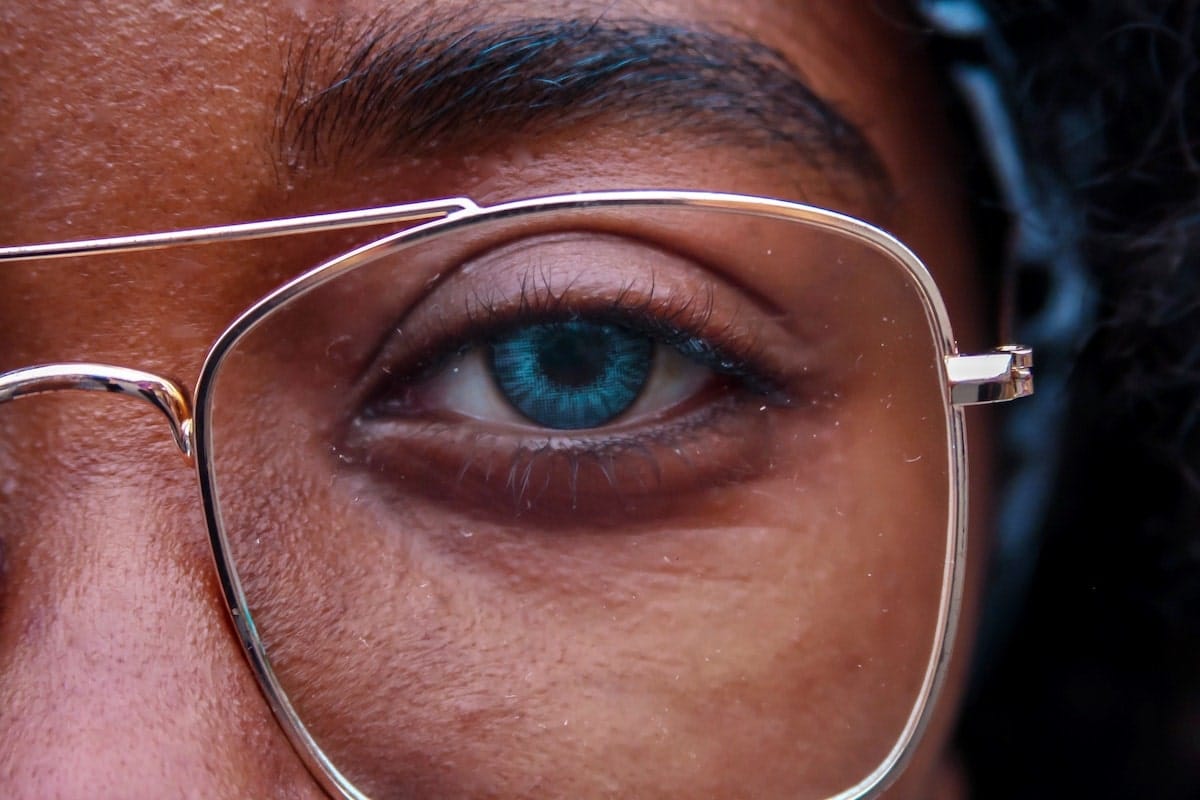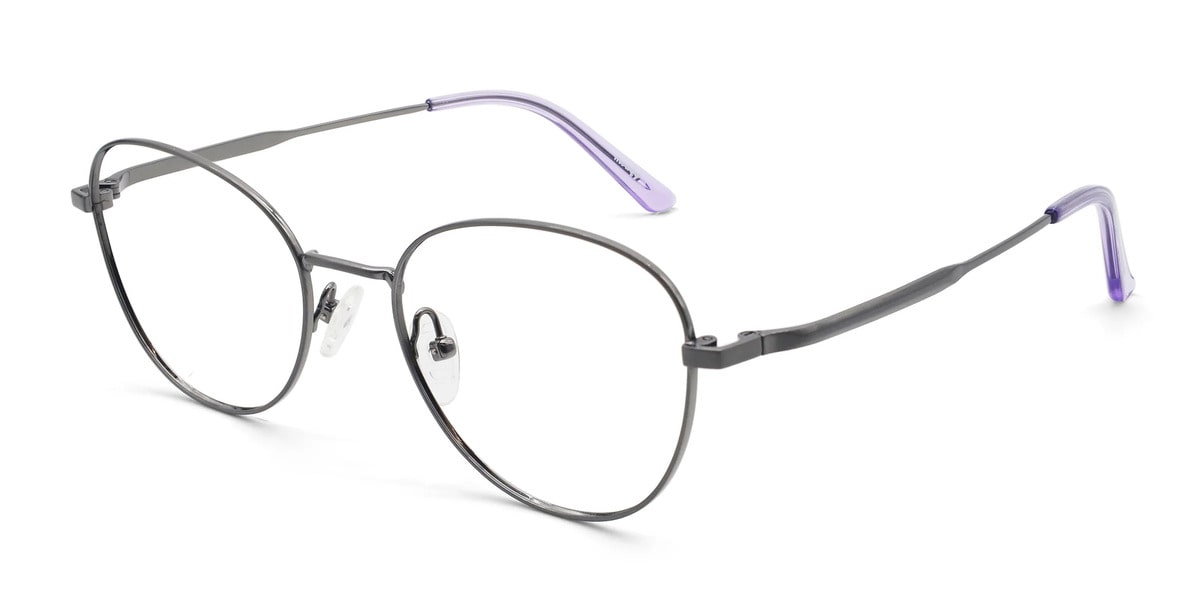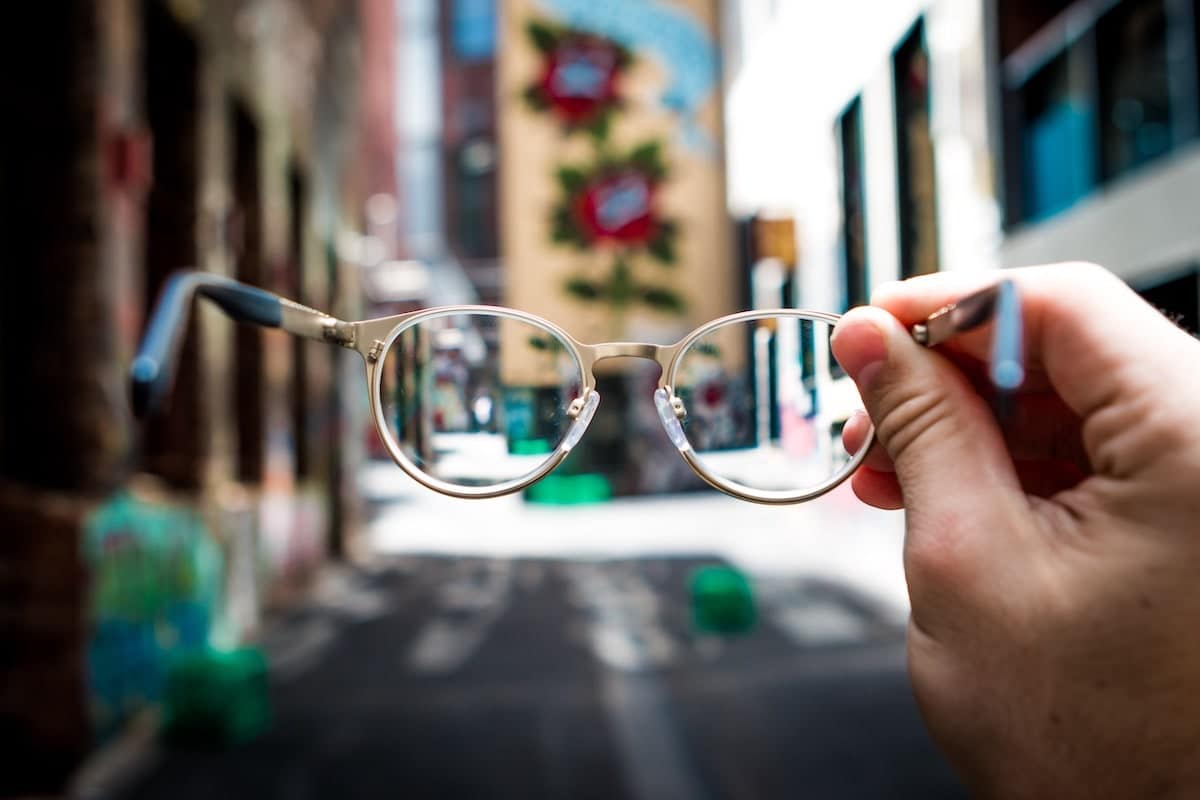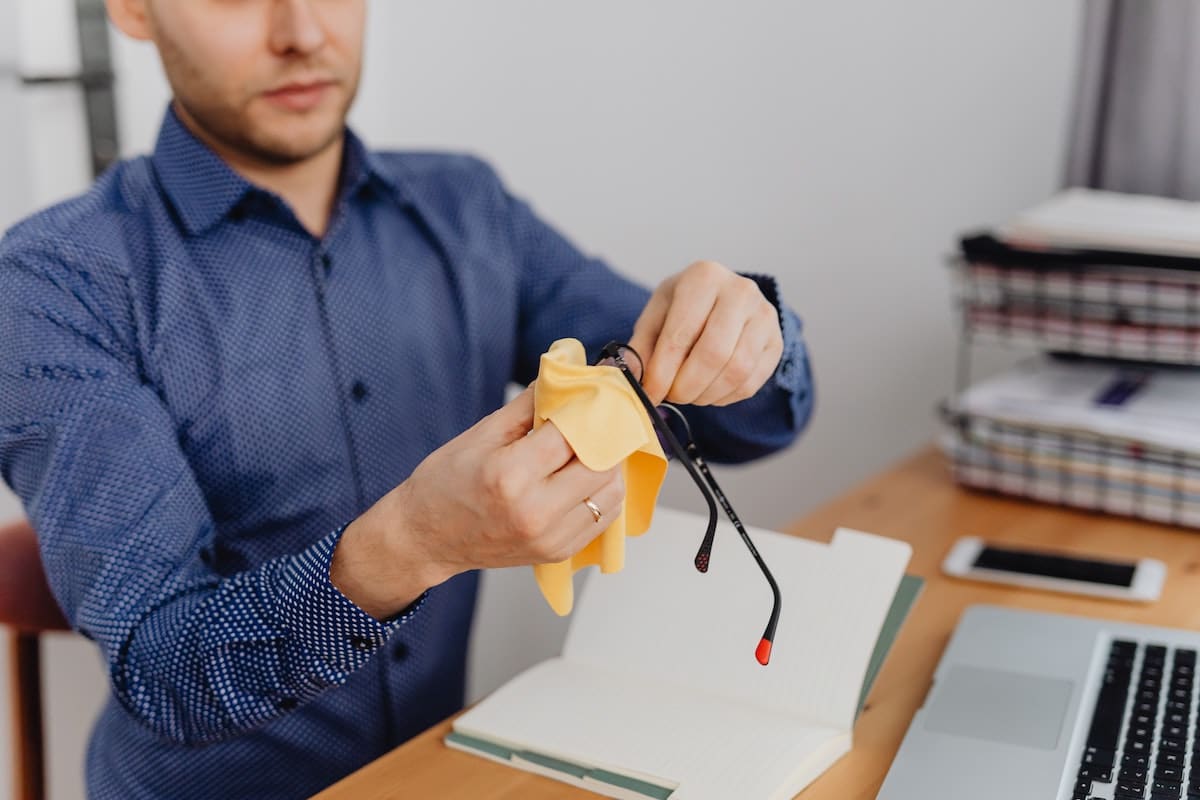10 Tips for Switching from Glasses to Contacts & Vice Versa
Switching from glasses to contacts, and vice versa, can be complicated. That’s especially true if you’re trying it for the first time.
Any change to your eyewear can often feel disorienting. At the very least, you might need some time to get used to it.
Here are some practical tips for making either switch more manageable.
5 tips for switching from glasses to contacts
Going from glasses to contacts? Listen up.
1. Get your contact lens fitting
Before wearing contacts, you must get a contact lens exam and fit first. It’s when the eye doctor measures your eyes, checks your health level, and helps you search for the right pair of contact lenses.
Remember, not everyone has the same pair of eyes. Yours might be allergic to specific contacts or need specialty lenses for an eye condition.
You also need to consider your lifestyle. Will you wear contacts for work, sports, or special occasions only? Find out your answers to this question and discuss them with your eye doctor.
Lastly, be patient. Your prescription for contact lenses will differ from your glasses, and it might change over time. Some people even go for more than one appointment to find the perfect fit for their eyes.
2. Know the limits of contacts
Listen, just because slipping on some contacts seems convenient doesn’t mean they are like that all the time. A pair of contact lenses does have its limitations in real life.
For instance, when you’re switching from glasses to contacts for the first time, take note of their expiration date. Is it supposed to last for a month? Or is it only wearable for the day?
Don’t wear a pair of contact lenses longer than prescribed, or else you might increase the risk of eye infections. It can also lead to blurry vision, dryness, and irritation.
3. Practice proper lens and eye hygiene
Another thing to consider before you wear contacts is the hygiene practices around them. Unlike glasses, where you can wipe and go, contact lenses require more attention and care.
Always follow the eye doctor’s instructions on cleaning and storing your lenses. If you haven’t used your lenses for a long time, check if you need to disinfect them. Generally speaking, you should clean your lenses after each use.
Contact lenses can also be more fragile than glasses. Keep them away from water at all costs, and make sure your hands are dry and clean before handling them.
Of course, you need to consider your eye hygiene too. Contact lenses can dry out your eyes, so keep a bottle of lens-friendly eye drops on hand.
4. Gradually adjust and acclimate to wearing contact lenses
You might be excited to try a fresh pair of contacts. But if it’s your first time switching from glasses to contacts, don’t wear them for too long.
Instead, let your eyes adjust and acclimate to how the contacts feel. At the very least, wear them only for a few hours every day, for the first week so that you can get used to them.
5. Carry your favorite glasses when wearing contacts
It’s always practical to carry a pair of glasses anywhere, even when wearing contacts. Remember that you shouldn’t wear contacts too long and that the spare glasses can be handy.
As mentioned earlier, contact lenses can irritate your eyes. They can prove to be a hassle when you’re working. Some workplaces even banned using contacts, or at least they still require you to wear protective eyewear.
It will be a double whammy if you’re allergic to pollen and dust. Wearing contacts during spring and summer might irritate your eyes more than ever.
5 tips for switching from contacts to glasses
If you’re going from contacts back to glasses, here are some tips to help.
1. Get used to the weight of your glasses
The first thing you’ll feel when you switch to eyeglasses is their weight. There’s also the consideration of frame size and lens material. These affect weight, and you might feel some pressure on the bridge of your nose and around the temples.
Remember, it’s not the specs for you if it’s too tight or heavy on your face. Frames that pinch certain areas of your face can lead to headaches. Also, adjust the nose pads when necessary so that they won’t slip off your nose throughout the day.
If the newfound weight is really bothering you, you can consider switching to a lightweight pair of frames, such as wire frame, rimless or semi-rimless frames.
2. Store your contacts safely
As you whip out your fave spectacles, double-check if your contact lenses are safe and secured. Here are some general guidelines on how to store them properly.
- When switching to glasses, keep your contacts in its lens storage case.
- Replace the storage case every three months, and clean it after every use.
- Keep your contact lenses at room temperature. Don’t stick them inside your fridge.
- Don’t store your contact lenses in any other solution besides the prescribed one.
- Use a fresh solution only to clean and store the lens. Don’t use the old one, and never mix the two.
- Follow the eye doctor’s instructions on how to clean the lens and change the solution.
3. Choose the right type of eyewear
If you look up glasses online, you’ll see a ton of options that you can try and buy. And honestly, all of it can be overwhelming. So, we’ve compiled a few simple tips and tricks on choosing the right type of glasses for you.
First off, consider your lifestyle. Do you live an active life, or are you more on the chill side? You’ll need a pair of glasses that would suit either or both. You can get multiple pairs for different occasions if your budget allows it!
The second tip is to look at yourself in the mirror. Check out your face shape and what frame shapes will suit you best. For the most part, angular faces can match with round frames, while soft features balance out with sharp shapes.
For the third tip, get a complete eye exam before shopping for eyewear. After all, depending on your eyes’ health, you may need a prescription.
And lastly, try the glasses on! You’ll never know if it’s the right one if you don’t wear it on your face. You can also virtually try on eyeglasses online, so you don’t have to leave the comfort of your home.
4. Adjust to potential eyewear discomfort
Switching to glasses can be easy and practical, but it can also feel like a surprise if you need to get used to it. For instance, objects might look bigger or sharper with your specs on, therefore, more overwhelming to your senses.
So, let yourself adjust over time. Don’t rush into it. Wear your glasses a few hours a day to start. Also, try to do it in the evening, so there won’t be too many stimuli.
If you’re staring at a screen for hours now, get a pair of blue light glasses. Those have a protective layer against blue light. With that, you can finish your work without damaging your eyes.
5. Protect the lens from blurs and scratches
Remember, gently clean your glasses only with proper lens cleaning cloths. Don’t rub them on your shirt, a towel, or a napkin. If it didn’t come with anything, get a soft, microfiber cloth that’s guaranteed to be lens-friendly.
Wiping your lens with any other material can lead to tiny scratches on the surface. It can also make them blurry. If there’s too much damage, you’ll need to get it replaced.
Remain essential even when you have contacts
While donning a fresh pair of contact lenses feels nice, it’s not entirely convenient for all your waking hours. Wearing contacts has its pros and cons. So, don’t hesitate to always bring your glasses with you in any situation.
After all, you won’t know when switching between one and the other may be necessary. This is also the reason why you have to keep both your contacts and glasses clean and safe. Follow your eye doctor’s care guidelines for contacts and glasses to avoid health risks.

Written by:
Jamie Mendiola











